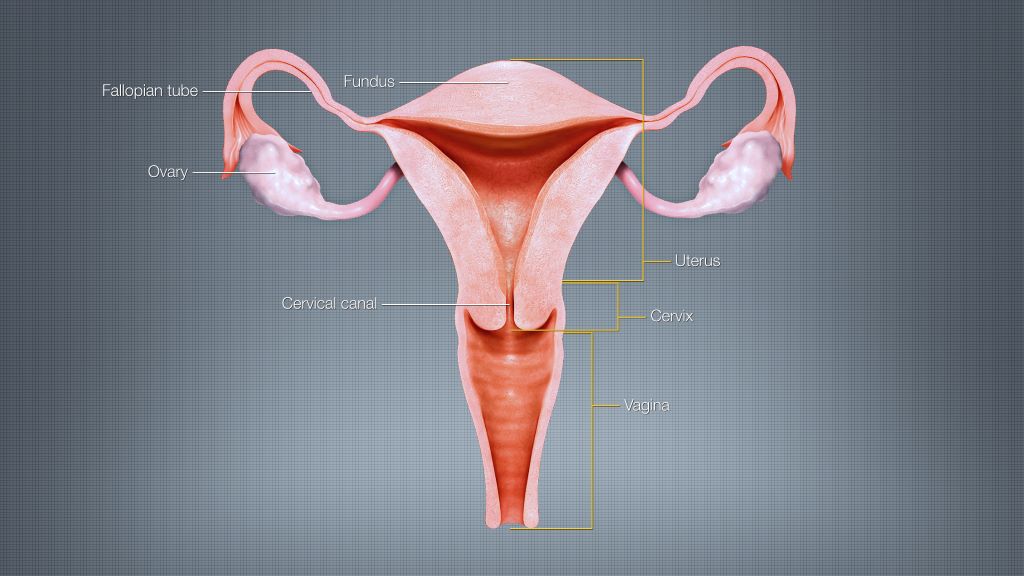Assessing Pain and Anxiety of Nursing Home Residents Unable to Speak

As many as half of nursing home residents are cognitively impaired and may be unable to communicate symptoms such as pain or anxiety to the staff and clinicians caring for them. Therefore, information needed for the evaluation of symptoms and subsequent treatment decisions typically does not reliably exist in nursing home electronic health records (EHRs).
A new paper published in the International Journal of Geriatric Psychiatry reports on the novel adaptation of a commonly used symptom assessment instrument to more comprehensively acquire this difficult-to-obtain data with the ultimate goal of enabling knowledge-based expansion of palliative care services in nursing homes to address residents’ symptoms.
In the paper, part of the large, multi-state, multi-facility Utilizing Palliative Leaders in Facilities to Transform care for people with Alzheimer’s Disease (UPLIFT-AD) study researchers, including Regenstrief Institute, the Indiana University School of Medicine and the University of Maryland School of Social Work faculty, describe how they revamped and subsequently validated a symptom assessment tool used worldwide. The UPLIFT-AD researchers modified the instrument, originally designed for reporting by family members of individuals with dementia following their death, to enable reporting on the symptoms of current residents living with moderate to severe dementia by nursing home staff as well as family.
Led by Kathleen T. Unroe, MD, MHA, and John G. Cagle, PhD, the UPLIFT-AD team reports in the peer-reviewed paper that the tool they enhanced reliably addressed physical and emotional distress as well as well-being and symptoms that are precursors to end of life. This validation was critical as the researchers develop guidance for expansion of symptom recognition and management in any nursing home. Employing instruments used in other studies helps researchers to directly compare findings.
Dr. Unroe, Dr. Cagle and colleagues, including Wanzhu Tu, PhD, of the Regenstrief Institute and the IU School of Medicine, are in the late stages of the UPLIFT-AD clinical trial to enhance quality of care individuals with dementia by building capacity for palliative care within nursing homes.
“People receive care in nursing homes because they have significant needs – support for activities of daily living – as well as for complex, serious and multiple chronic conditions. But measuring symptoms of residents, especially those who are cognitively impaired, to address these needs is challenging,” said paper senior author Dr. Unroe, a Regenstrief Institute research scientist and an IU School of Medicine professor of medicine. “In my two decades of working as a clinician in nursing homes as well as a researcher, I have seen that often the information on symptoms that we want isn’t available consistently in the data that’s already collected or it isn’t collected at the frequency that we need to measure the impact of programs and approaches. And the gold standard for knowing if someone has a symptom, for example, if someone has pain or anxiety, to ask that person directly to assess the symptom, isn’t always possible for cognitively impaired residents. That’s why we took steps to validate a commonly used instrument in a wider population – individuals currently living with cognitive impairment – and added additional needed data points.
“While hospice care is typically available, there is widespread recognition that broader palliative care is needed in nursing homes. But there is no roadmap for how to provide it well. We hope that when we have our final results in 2026, UPLIFT-AD will prove to be a replicable model for implementing this much needed type of care.”
Source: Regenstrief Institute











